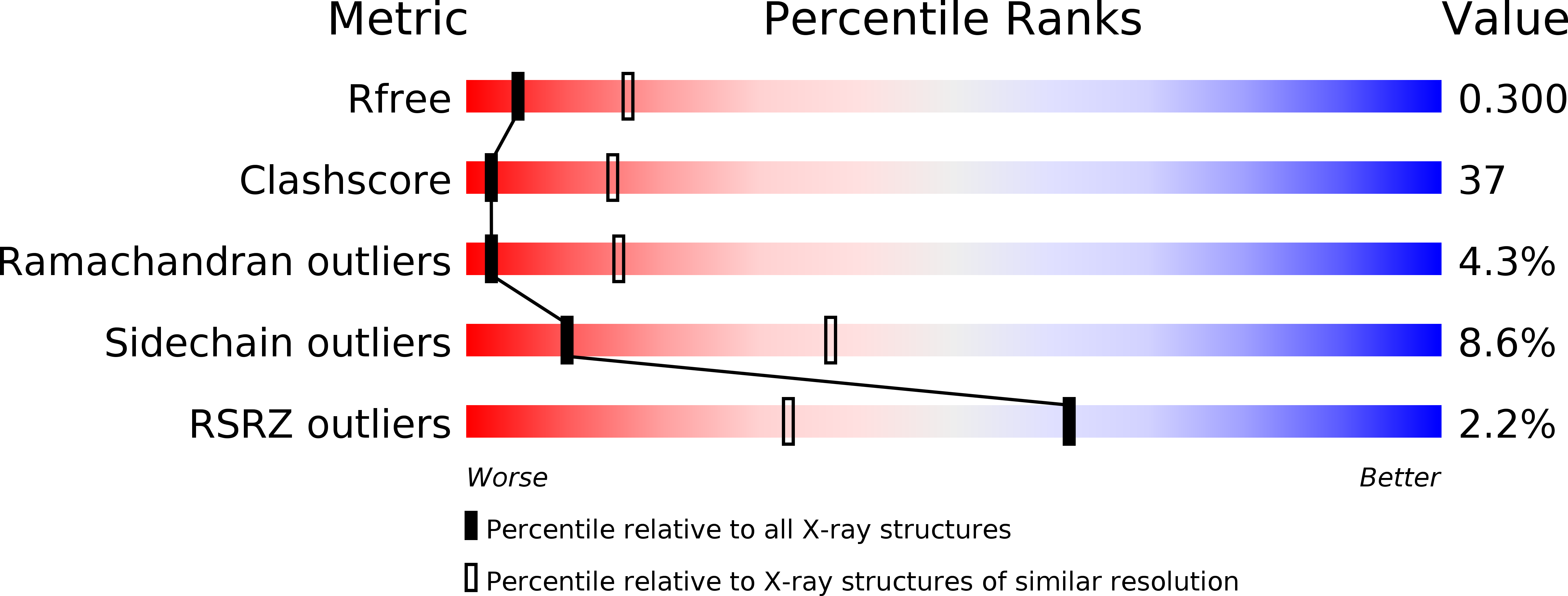
Deposition Date
2005-02-16
Release Date
2005-03-22
Last Version Date
2024-10-30
Method Details:
Experimental Method:
Resolution:
3.00 Å
R-Value Free:
0.28
R-Value Work:
0.24
Space Group:
P 61 2 2


